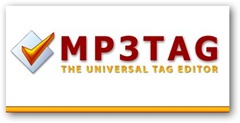Why are there different types of Information System?
In the early days of computing, each time an information system was needed it was ‘tailor made’ – built as a one-off solution for a particular problem. However, it soon became apparent that many of the problems information systems set out to solve shared certain characteristics. Consequently, people attempted to try to build a single system that would solve a whole range of similar problems. However, they soon realized that in order to do this, it was first necessary to be able to define how and where the information system would be used and why it was needed. It was then that the search for a way to classify information systems accurately began.

